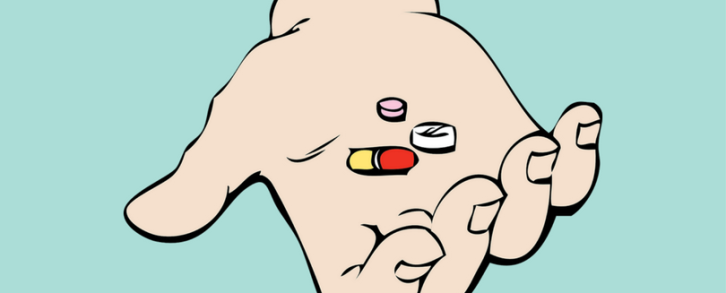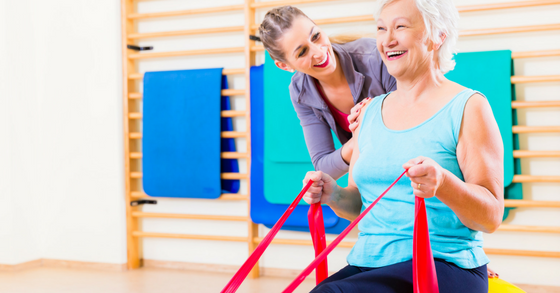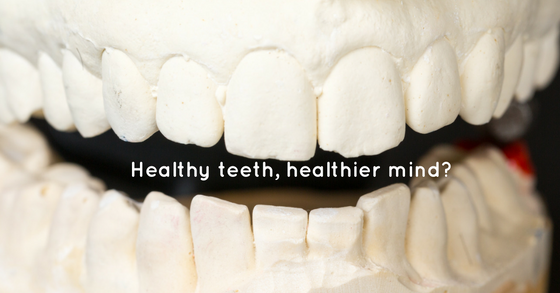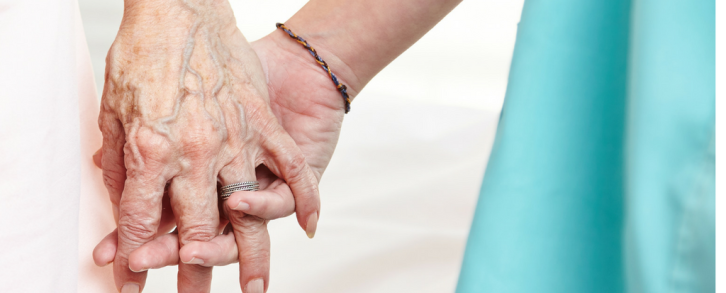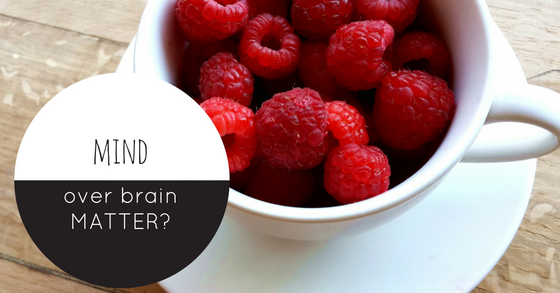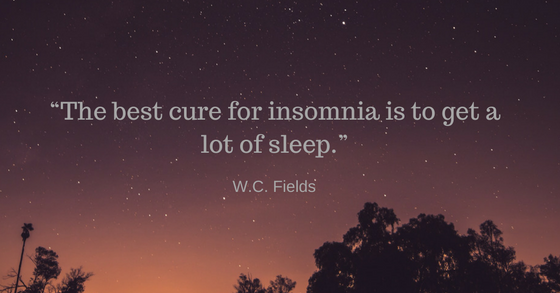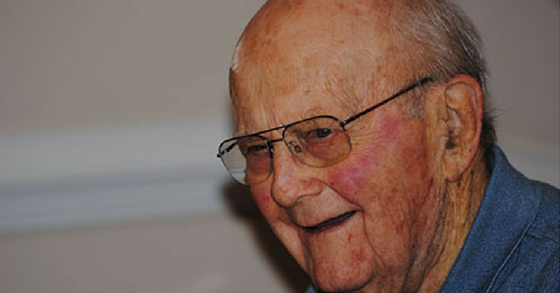New Studies Show Reversal of Alzheimer’s Disease
Of the many incurable diseases which plague humanity, none may experience so prevalent a rise in a few decades’ time as Alzheimer’s. As those of the “Baby Boomer” generation age, it is estimated that as many as 13 million Americans could develop the disease by 2050; […]
Read More

